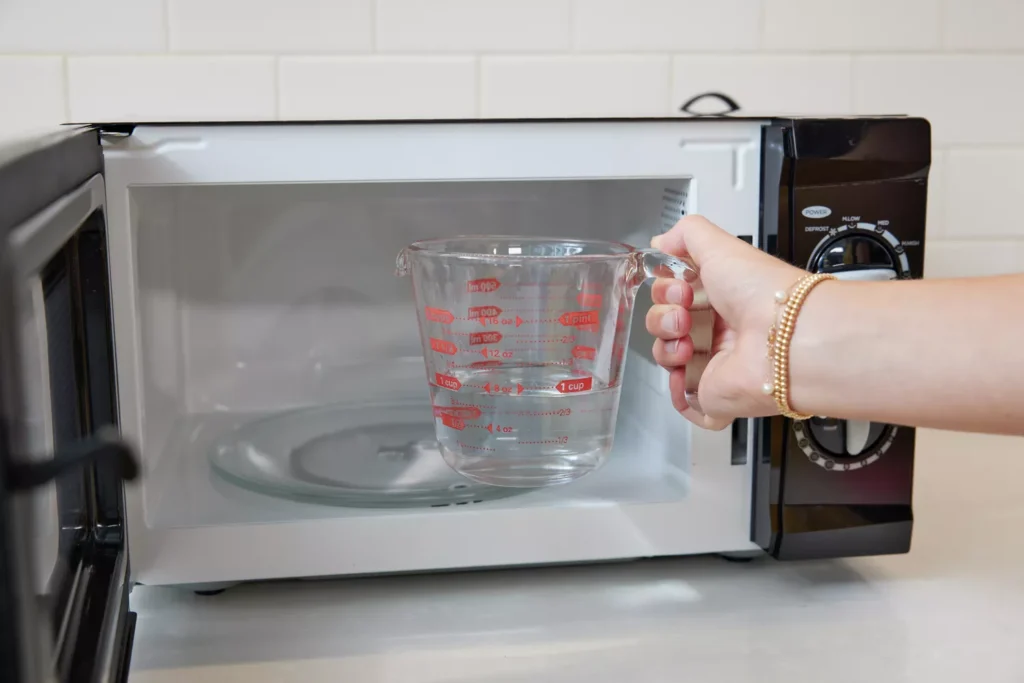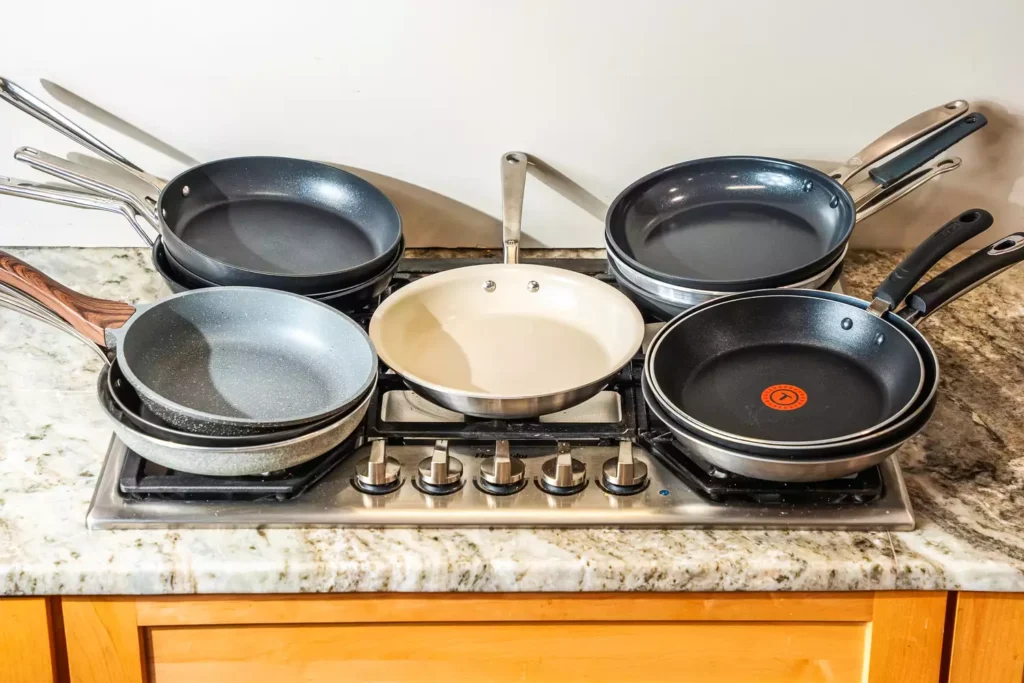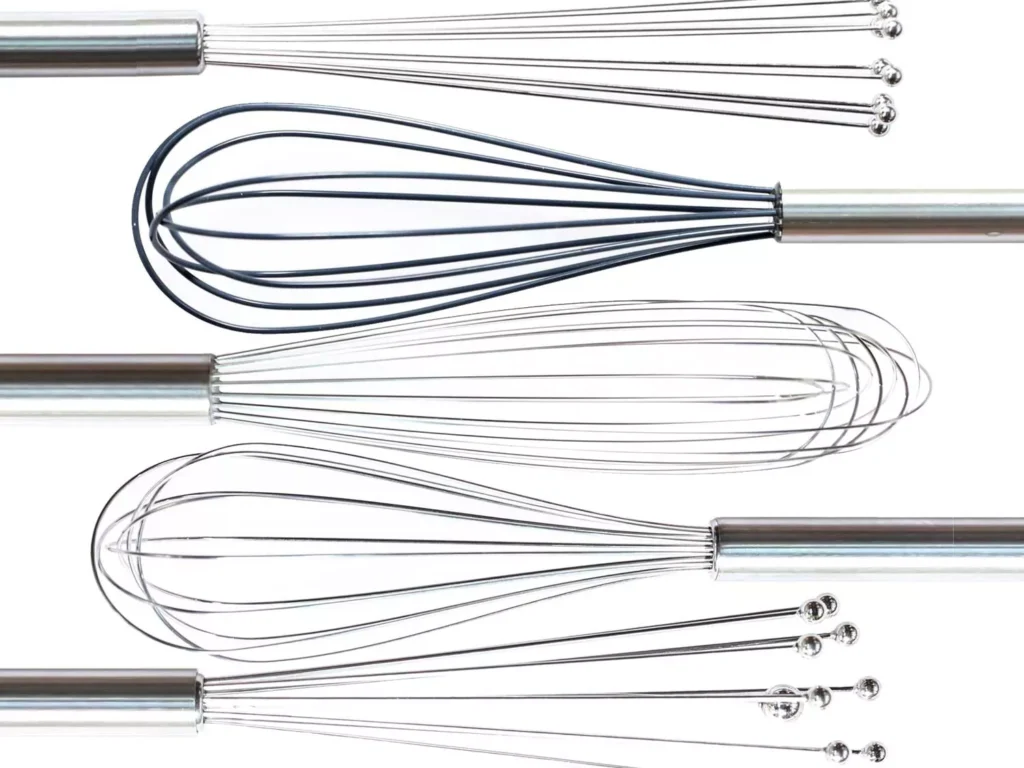The microwave oven, a staple in kitchens worldwide, offers unmatched convenience. It’s a device that can quickly reheat leftovers or defrost a frozen meal with the press of a few buttons. But what is a microwave oven, and how does it work? The story begins with Percy Spencer, an engineer at Raytheon, who in 1946 accidentally cooked a candy bar in his pocket due to the heat generated by an active magnetron. This discovery led to experiments with popcorn and eggs, revealing the potential of magnetrons to cook food quickly. Spencer filed patents, and the microwave oven was born.
A microwave oven is a type of oven that uses electromagnetic waves generated by magnetrons. These waves are reflected off the metal surfaces inside the oven, and the food absorbs them. The FDA explains that microwaves cause water molecules in food to vibrate, producing heat that cooks the food. However, this can lead to uneven heating, with the outer layers of food absorbing microwaves more readily than the inner depths.
What Can You Cook in a Microwave?
Serious Eats / Abigail Clarkin
Cooking with a microwave may not feel as lavish as firing up your conventional oven, but these little boxes can sure be handy—especially when you’re short on time (or, let’s be honest, motivation).
On this very site, we have recipes for things like fried garlic and shallots, rice, and chocolate cake all cooked in the microwave. You can even toast nuts in one.
Alternatively, there is microwave-specific cookware out there as well, like this set we reviewed from Anyday. Their website features entire meals you can cook in the microwave, like sloppy joes and coconut lime shrimp. You can even be that person who puts fish in the microwave.
What About Microwave Oven Presets?
Serious Eats / Will Dickey
Lots of microwaves have special buttons for preset cooking modes—like the classic popcorn button. In truth, though, these presets usually aren’t worth getting excited about. They’re just preselected time and wattage levels that may or may not be adequate for the specific food or beverage you’re trying to heat.
What is useful, though, are the different power levels.
Again, most microwaves on sale today will run at around 1000 watts out of the box, which is plenty (and you can adjust it). Buy according to size and your budget—not the number of presets.
The metal rings on Anyday microwave-safe cookware, for example, are totally fine to go in the microwave, because the metal used is thick and smooth enough to reflect the microwaves instead of arcing—which is what may happen if you were to heat a fork.
When in doubt, look for labels. Most serving ware, cookware, and storage vessels will have some indication as to whether they’re microwave-safe or not.
FAQs
How long should a microwave last?
As long as you’re not using it to heat metal objects, your microwave can easily last for seven to 10 years. You’ll know it may be singing on the last note if you notice weird sounds, smells, or foods that are improperly cooked. Or if it doesn’t actually heat your food up, which we’ve had happen.
What is a good wattage for a microwave?
As we covered above, 1000 or more watts is ideal for modern microwaving needs.
What are the different sizes of microwaves?
Microwave ovens generally range from 0.5 to 2.0 cubic feet in size. The smallest models will be countertop microwaves.
What are the different types of microwaves?
You can find countertop, over-the-range, and built-in microwaves. Countertop models can plug in anywhere with a suitable outlet—perfect for small spaces, offices, and so on.
Over-the-range microwaves will be installed above your stovetop and feature a venting mechanism. Built-in microwaves are designed to integrate with surrounding cabinetry.
Why We’re the Experts Summer Rylander is a journalist who has been writing for Serious Eats since 2022. She has written numerous reviews and articles for Serious Eats, including an explainer on knife sets and a thorough review of stainless steel skillets. Her work has also appeared in Food & Wine, The Kitchn, Travel + Leisure, Condé Nast Traveler, Salon, HuffPost, and more. Electric Appliances The Latest Basic Kitchen Equipment Equipment

